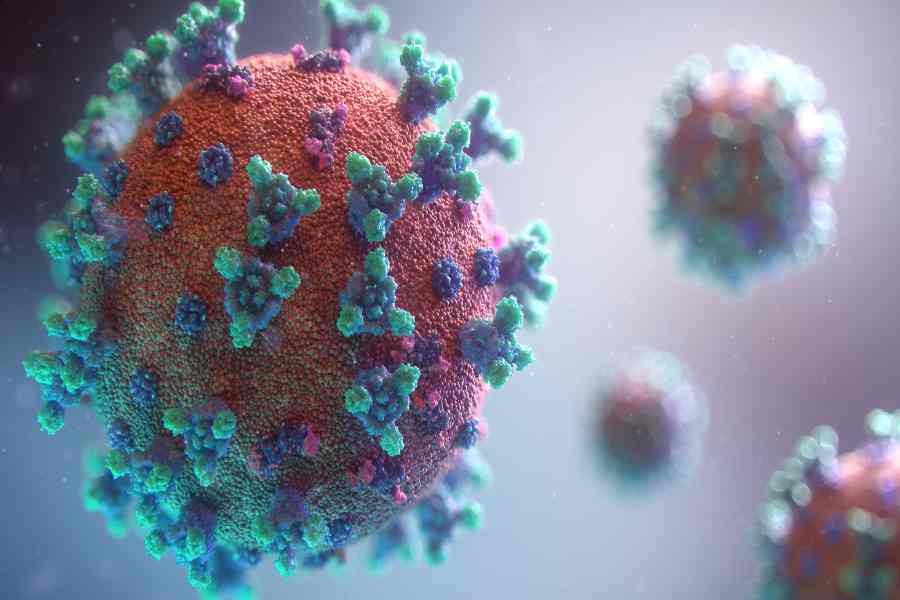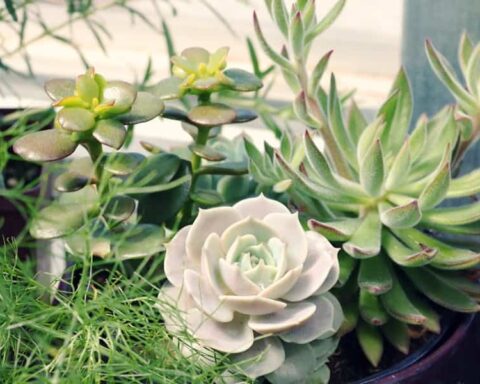Photosynthesis is the process by which green plants and other photosynthetic organisms convert light energy from the sun, water, and CO2 into sugar for growth and storage. This conversion of light energy into chemical energy is known as “energy conversion” or “respiration.” In plants, it takes place in unique cell structures called chloroplasts, where there are numerous tiny membrane-enclosed compartments called thylakoids. In photosynthesis, plants use sunlight to convert CO2 and water in the presence of chlorophyll (a green pigment) and the enzyme ribulose biphosphate carboxylase (Rubisco). The Rubisco enzyme has two functions: It carboxylates ADP to produce ATP and carboxylates RuBP to produce another type of 5-carbon sugar called glyceraldehyde-3-P.
How Do Organisms Get The Energy They Need?
They get it from the food they eat. For most organisms, the process of turning food into energy is called metabolism. Metabolism is a series of chemical reactions that take place in your body and convert the food you eat into adenosine triphosphate (ATP), which is a form of chemical energy that can be used for activity in your body.
How Does Photosynthesis Work?
- The process of photosynthesis is extremely complex in terms of the chemical reactions taking place. However, the essential process can be broken down into four key stages: The light phase, and the dark phase. In the light phase, the green parts of the plant are exposed to light.
- Green plants use light energy in the light phase to create chemical energy in the form of ATP and NADPH. In the dark phase, the plant uses the energy stored in the form of ATP and NADPH to synthesize simple carbohydrates and other organic compounds essential for growth.
- The first stage is the conversion of CO2 and water to sugar.
- The second stage is the production of ATP, NADPH, and oxygen.
- The third stage is the conversion of sugar to starch and the synthesis of other organic compounds such as amino acids and fatty acids.
- The fourth stage is the conversion of starch to sugar and other organic compounds during growth and development.
Why Is Photosynthesis Important?
It produces the food that we all need to survive
As we’ve mentioned before, plants create energy from light. This energy is stored as starch. But this is not only true for plants. Humans also use photosynthesis to create food. For example, staple foods such as rice, wheat, and potatoes are all produced thanks to photosynthesis. In addition, animals must eat other organisms, but they can only do so thanks to the plants that they eat. So you can see that photosynthesis is important because it produces the food that we all need to survive. It’s the process that not only produces our food but also regulates Earth’s climate.
It produces the oxygen that we need to breathe
We’ve mentioned before that photosynthesis produces oxygen. So, this means that it’s responsible for providing the atmosphere that we need to breathe. And it’s not only humans who enjoy the benefits of this process. A lot of other organisms that are very important for our ecosystems also need oxygen. This includes most insects as well as birds, fish, and reptiles.
It helps to regulate Earth’s climate
As we’ve mentioned before, photosynthesis converts carbon dioxide into glucose and releases oxygen as a waste product. But this happens because plants are also able to change the climate. If there was more carbon dioxide in the air, the plants would be able to use it to produce more glucose. But the oxygen that plants produce would also increase. This means that Earth’s climate would change. We would live in a warmer climate, and this would be bad for us. Because of this, photosynthesis is important since it helps to regulate Earth’s climate.
Photosynthesis is the basis of most of Earth’s ecosystems
As we’ve mentioned before, thanks to photosynthesis, plants produce glucose that they use for energy. But this is not only true for plants. Animals feed on plants, and so they also use photosynthesis. So, the glucose produced by plants is actually consumed by animals such as insects and birds. This means that it’s responsible for the existence of many ecosystems on Earth. It’s the basis of most of our ecosystems, and they would not exist without this process.
This process is also responsible for the existence of many metals in our world
Another interesting fact about photosynthesis is that it’s responsible for the existence of many metals in our world. In particular, it’s responsible for the creation of iron, which is the most important metal since it’s used in the creation of many tools and even machines.
How Do Plants Use Photosynthesis?
- Plants use sunlight and carbon dioxide to photosynthesize and produce glucose. Water is also used in the process.
- Carbon dioxide is converted into glucose, and oxygen is released as a by-product. Glucose is a type of sugar. Plants use glucose for energy and growth. Oxygen is given off as a by-product of photosynthesis.
- One of the most important roles of photosynthesis is to provide food for plants. Plants need CO2 and sunlight to make sugars, which are used as a source of food.
- The CO2 is converted into glucose, which is required for plants to survive. The glucose is converted into oxygen and CO2.
- The oxygen is released into the atmosphere and the CO2 is used by plants to grow.
The Benefits Of Photosynthesis
- Photosynthesis is the process by which green plants and certain other organisms use sunlight to create chemical energy that fuels the growth of plants and the release of oxygen. In this process, plants use water and carbon dioxide (CO2) to produce glucose (sugar) and oxygen.
- Plants also use the oxygen (O2) that is produced as a byproduct of photosynthesis. This process is what enables plants to grow and thrive. Photosynthesis is usually associated with plants, but it actually happens in many other organisms as well. The bacteria in the ocean that make up the base of the food chain, for example, use it to create nutrients for the fish we eat.
- We all know, oxygen is necessary for life. The oxygen released during photosynthesis is what makes the air we breathe possible. Plants get their energy from sunlight and CO2 and use that energy to produce both glucose and oxygen. In addition to having the air we breathe, plants also release oxygen into the water around them so that animals can use it as well.
- Photosynthesis is a complex process that allows plants to grow and thrive in almost every environment on Earth – even environments with low levels of sunlight. But it’s also important in other ways: It’s one of the most important processes on Earth because it’s what enables plants to grow and thrive. We see the results of photosynthesis every day – in the trees, grass, flowers, bushes, vines, and other plants that cover so much of our planet.
- Plants use this process to produce oxygen, which is required by all life forms. It also produces glucose, which is a source of food for plants and other organisms. It provides oxygen, water, and food to other creatures.
Conclusion
Photosynthesis is a process by which light energy is converted to chemical energy. In plants, it takes place in special cell structures called chloroplasts, where there are numerous tiny membrane-enclosed compartments called thylakoids. There are two phases in the photosynthetic process – the light phase and the dark phase. During the light phase, the green parts of the plant are exposed to light. During the dark phase, the plant uses the energy stored in the form of ATP and NADPH to synthesize simple carbohydrates and other organic compounds essential for growth. The process of photosynthesis is extremely complex in terms of the chemical reactions taking place. However, the essential process can be broken down into four key stages: The light phase, and the dark phase.










